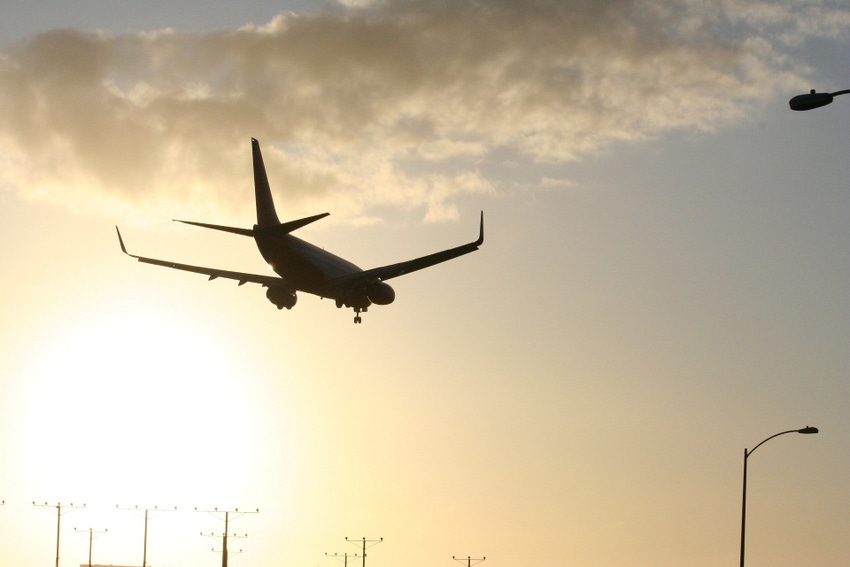Swine industry weighs ASF airport risk
U.S. industry plans to update Custom & Border Protection to see how risk can be lowered.

Paul Sundberg, director of the Swine Health Information Center (SHIC), shared at the American Association of Swine Veterinarians (AASV) Annual Meeting some interesting data on airport risk assessment for bringing in prohibited swine products into U.S. international airports. Before African swine fever (ASF) in China was first reported in August, a study out of Spain was published analyzing the risk of ASF and classical swine fever being introduced into the U.S. through prohibited swine products carried by air passengers and identifying locations and time periods at higher risk where and when preventive and mitigation measures should be implemented.
Focusing on ASF, the overall mean annual probability of ASF entry was estimated as 0.061 at a 95% confidence interval [0.007, 0.216]. July and May were the months at highest risk for entry. For ASF, the origin countries of those air passengers who represented the highest risk (above 70% of the total risk) were Ghana, Cape Verde, Ethiopia and the Russian Federation. The study used international travel and U.S. Customs & Border Protection (CBP) data from January 2010 to March 2016.
Since these results were based on data prior to the August 2018 notification of ASF in China, SHIC and the National Pork Board have decided to co-fund a project with the University of Minnesota to update this risk estimate.
During the AASV meeting, Sundberg was able to share some of the preliminary data from that report:
Previously, the mean annual risk of introduction through an airport (not through pigs) over a cumulative 16 years would be 100%. Now, it would take only nine cumulative years to get to 100% risk. This means by the end of nine years, it is expected that one of those prohibited products would not be detected and would get out of the airport.
The five U.S. airports most at risk of having prohibited product come through them are Newark Liberty International, Newark, N.J.; George Bush Intercontinental, Houston, Texas; Los Angeles International, Los Angeles, Cal.; John F Kennedy International, New York, N.Y., and San Jose International, San Jose, Cal.
The two highest-risk areas of the world for people coming into U.S. airports are China/Asia and Russia. On an annual basis, there is close to a 100% chance that a contaminated product will be brought into one of those five airports.
Sundberg said one important fact to remember regarding the data is that this doesn’t mean it infects pigs; it is just the probability of the prohibited product getting out of the airport.
With these data in hand, SHIC and the National Pork Board plan to update CBP to see how that risk can be lowered. On average, 8,000 pork-derived products are confiscated annually by CBP at U.S. ports of entry such as international airports, harbors or mail offices.
About the Author(s)
You May Also Like





